 |  |  |
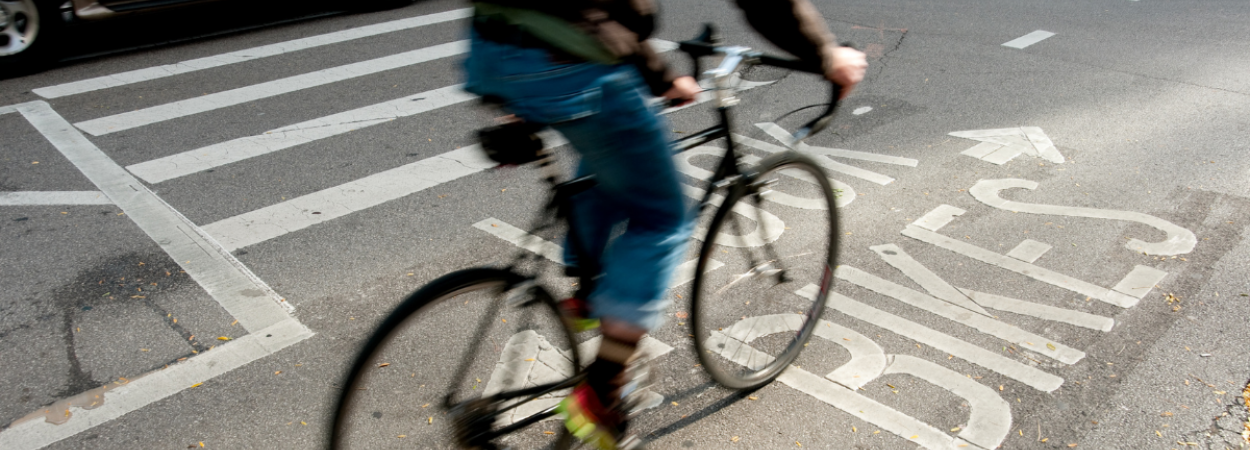
Over the past several years, in a series of research projects, researchers at Portland State University (PSU) have been developing a new approach to estimate active transportation volumes using machine learning.
This emerging method, which can predict how many people will be biking or walking on any given road, trail or segment of a transportation network at any time, offers promising applications for transportation agencies and state departments of transportation (DOTs). These organizations can use accurate bicycle and pedestrian volume information to track changes over time, prioritize projects, plan and design new infrastructure, conduct safety analyses and estimate public health impacts.
"These methods are still evolving, and it's still in the research phase. But I think the time is not far off when we will start using these methods as more mainstream," said Sirisha Kothuri of the Maseeh College of Engineering and Computer Science, the lead researcher on this series…
Read More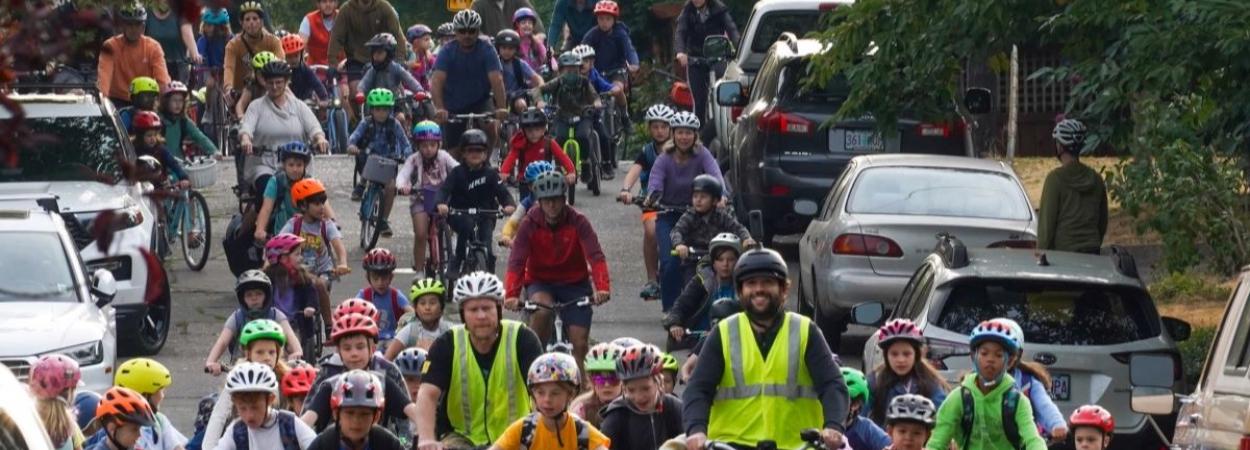
The Bike Bus movement is gaining momentum. All over the country, rain or shine, groups of children with adult supervision are hopping on bikes to ride to school together, and the new organization Bike Bus World, led by Coach Sam Balto, has received official nonprofit status.
Last week, the U.S. Department of Transportation announced a $1.1 million federal grant from the Safe Streets and Roads for All (SS4A) program was awarded to Metro. The funds will be used to boost walking school bus and bike bus programs in north Portland. Read more about the new award on BikePortland.
Benefits of the Bike Bus go beyond physical activity: It's an opportunity for kids and parents to socialize, have fun, start the day on a positive note, and save time on driving, parking, and waiting in school dropoff lines.…
Read More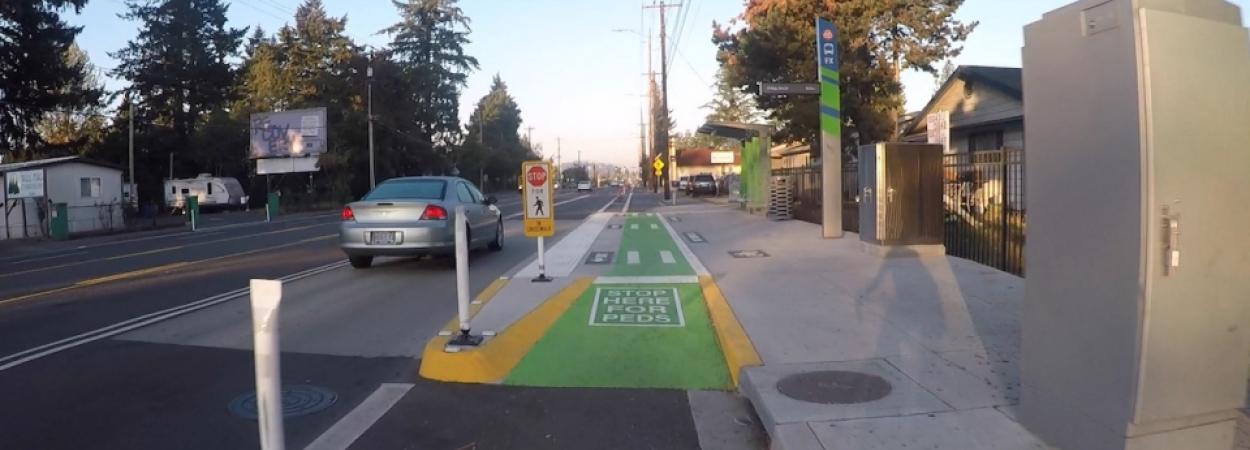
Portland State University (PSU) researchers have partnered with TriMet to evaluate the design of a new shared-use bus platform that incorporates a sidewalk-level bike lane. The project, FX2 Shared Bicycle & Pedestrian Platform Evaluation, assessed how well the new design is working for transit riders and other road users along Portland's Southeast Division Street.
The most common bus and bike lane design typically has a bike lane directly adjacent to the right side of the bus lane with no physical barrier. This presents several safety concerns. In this scenario, a bike behind a bus would have to wait behind or pass the bus by riding into traffic. As vulnerable road users, these conflicts pose a potentially serious risk to bicyclists.
The FX2-Division is a Frequent Express (FX) bus line that runs from downtown Portland to Gresham. The transit service began operations in September 2022. To accommodate passing bic…
Read More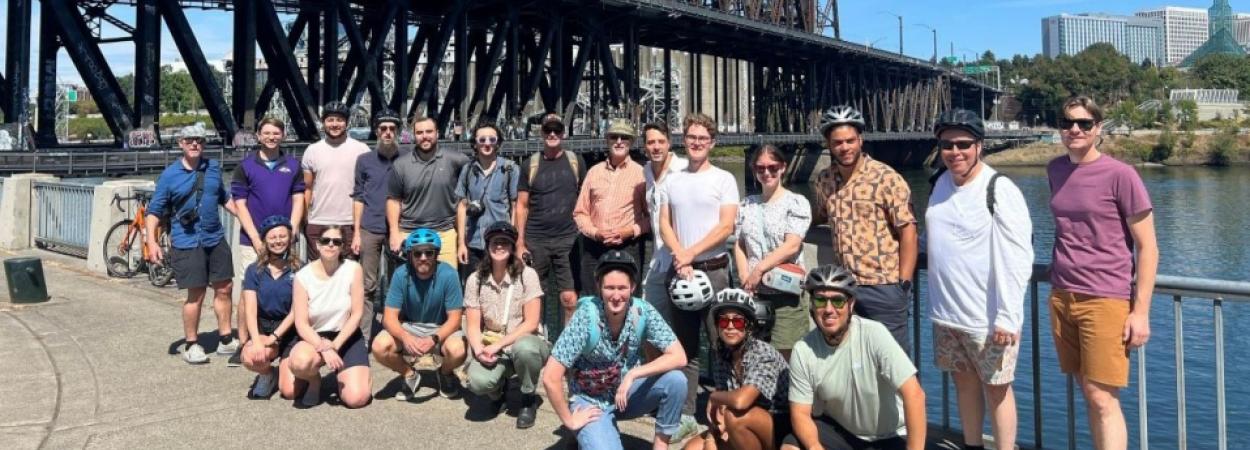
Our annual summer Bikeway Design workshop, offered through the Initiative for Bicycle and Pedestrian Innovation (IBPI), was held last August at Portland State University. Eighteen professionals attended, learning from local active transportation experts on topics including bicycle facility design, traffic engineering techniques that support active travel, and designing for suburban environments. Check out some photos from this year's workshop.
The week-long workshop also included field tours of bicycle infrastructure in Portland and its surrounding communities. The final day of the workshop, students convened in PSU's Engineering Building to confer together about design problems they were currently being challenged by at work, in their home communities.
One of this year's participants was Portlander Aaron Kuehn, the outgoing chair of BikeLoud PDX, a local bike advocacy nonprofit. Inspired by what h…
Read More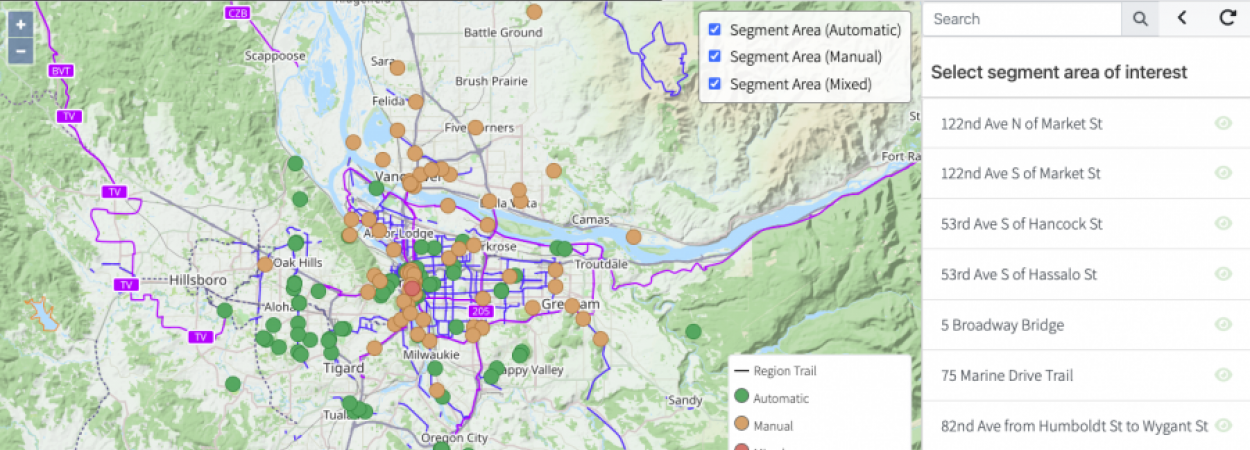
In recent years, cities and counties all across the United States have invested in bicycle and pedestrian counters. Having reliable data on non-motorized traffic can help jurisdictions make informed decisions about infrastructure investments, measure the effectiveness of biking and walking initiatives, and improve safety.
But having a bike-ped count program is just the beginning.
Once counts have been collected, cities face new challenges. How can multiple agencies share data among themselves? How can data be standardized and compared? And what is the most effective way to communicate what the numbers mean?
Enter Bike-Ped Portal, the comprehensive non-motorized data management system for manual and automated non-vehicular multi-modal counts housed at Portland State University (PSU). This specialized data lake and management system is designed to make sharing data—within an agency, with partners at other agenci…
Read More